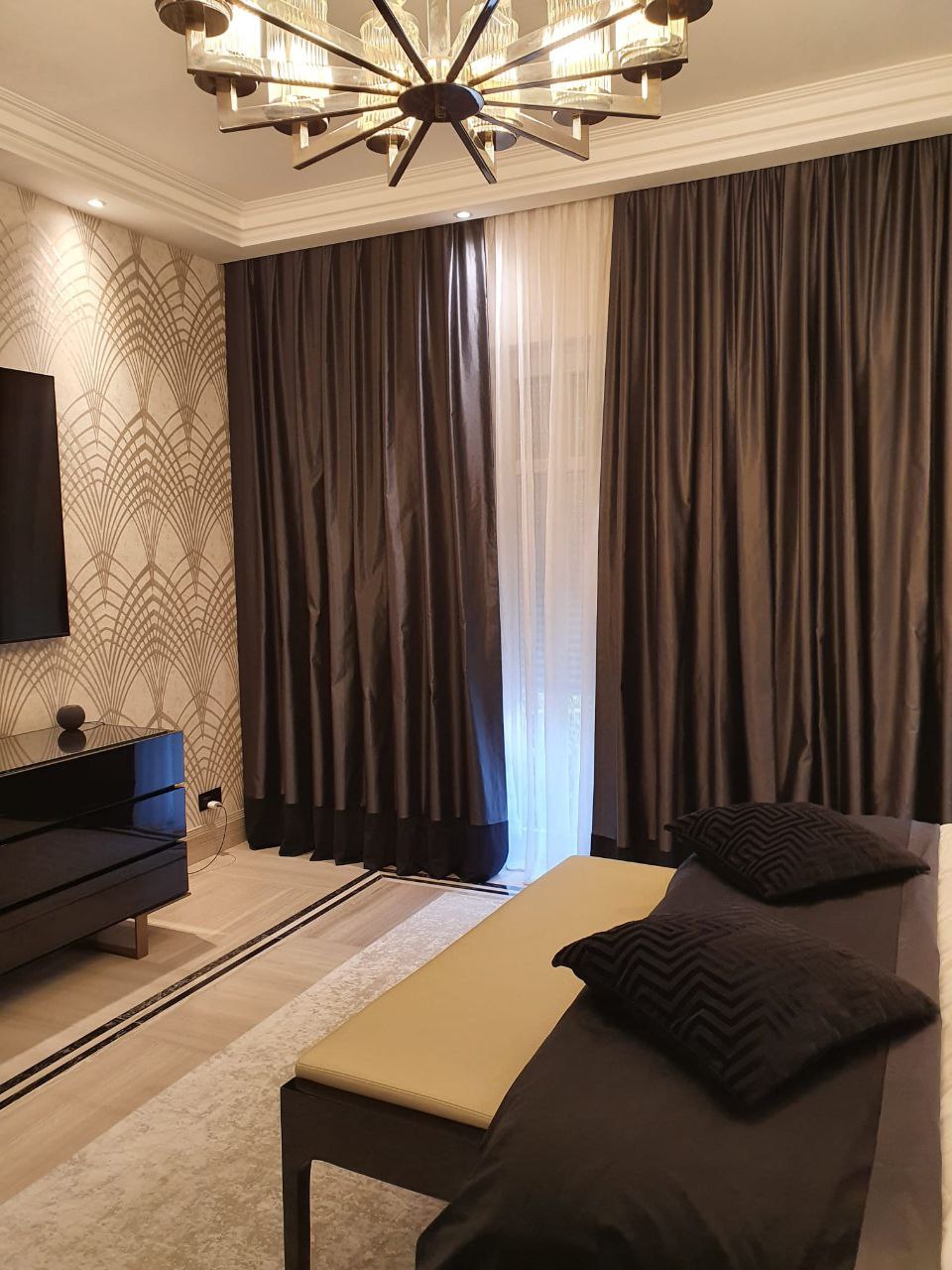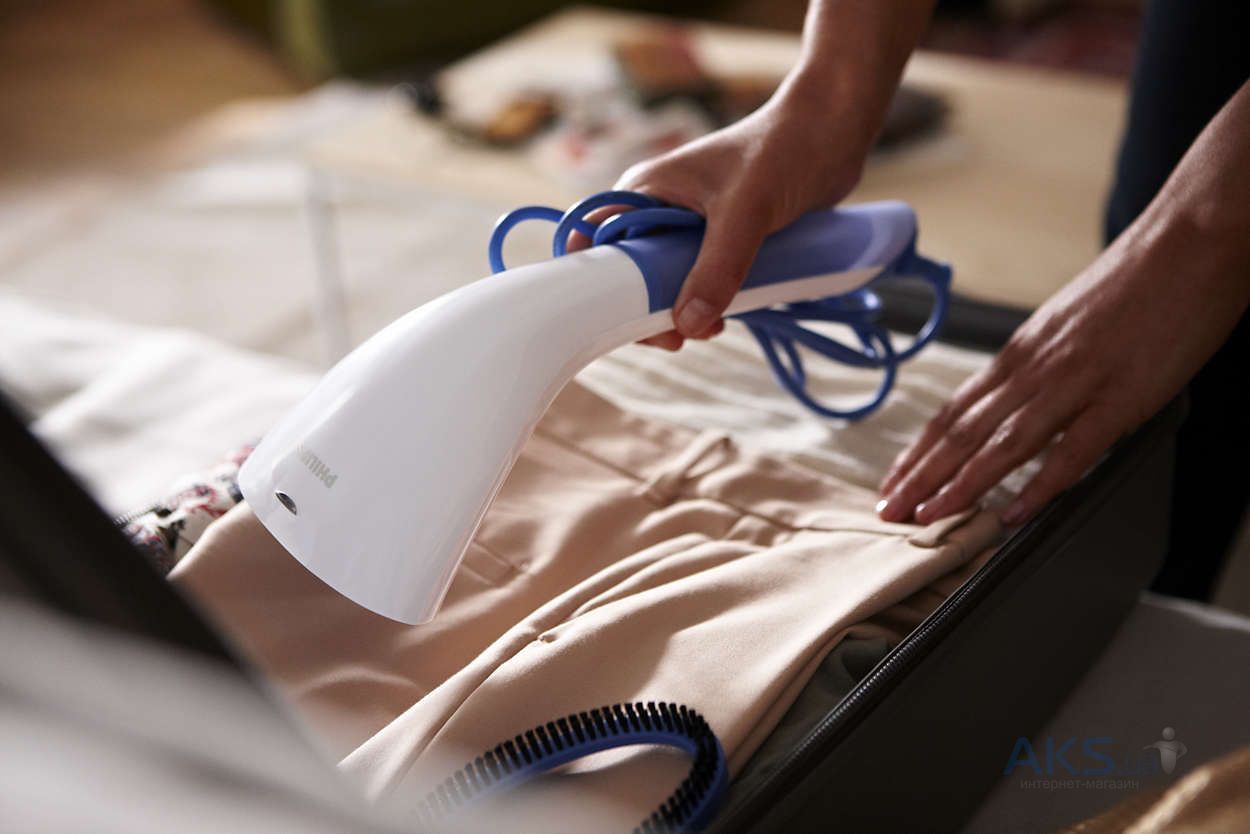Article: Exclusive curtains, blinds and made to measure draperies in Berlin

Exclusive curtains, blinds and made to measure draperies in Berlin
Which types of curtains exist?
Depending on the interior design style, taste, but not least what affinity you have for certain fabrics, the range of curtains seems almost limitless. Viewed as home accessories or as an expression of one's own individuality, it ranges from classic, elegant to modern. But where to start? Which types of curtains suit me and my style of living? What curtains are there that fit my individual style? In fact, the number of curtain variations covers every taste and need. From the well-known common variants, such as bathroom curtains, the curtains in the most popular of all living rooms, the living room. Those of the study or even those mostly muted colors curtains of the bedroom. Not to mention those that serve as sunscreens, allowing us to spend pleasant days even in direct sunlight.
At this point, Prestige Decor invites you to the wide world of curtains and drapes:
The thread curtain - nomen est omen - consists of mostly long, fine threads, which are usually attached at the upper end to the same fabric loop, which is most often offered in light colors. In terms of decorative properties, these home textiles form a separate group.
Panel curtains or panel curtains are popular and often used in large format on wide windows, where they are attached to the ends in a loop or with the help of rings. Increasingly, they are again used as visual room dividers, versatile thanks to their patterns and colors.
You can also find burnout fabrics by the meter occasionally in our store, but these collections are rather secondary and designers present these materials rather rarely.
Curtain net curtains are rightly called the classic variant among net curtains. Available in half-length or long variations, these are made of sheer fabrics with two colored scarf-like loops. For many years, one of the most popular net curtains for wide, translucent fronts.
As still popular curtain may be called the eyelet curtain. The eyelets - which can be attached and detached with the help of a rope tensioning system, are available in numerous patterns, colors and materials, so that you could almost call it an all-rounder among the curtains.
If one were to call the pleated curtain a "mere" curtain, one would be doing it an injustice. The term itself comes from the French and refers to the state of the "folded". Moreover, they look exceptionally pleasing in all rooms. Not least because they shine individually and also with color diversity and thus offer advantages with which not every "curtain" can come up.
The still popular roman blinds or roman curtains can also be described as classics. These captivate primarily by the fact that they can be gathered together or apart in different ways. Which allows to let either more or less light into the room. Through just this design option, these allow by means of little effort to create the atmosphere of a room differently.
Pane curtains, also known as crochet curtains, are probably one of the so-called "evergreens" among the curtains. And this not without reason. Above all, these have the advantage that you can attach the associated curtain rod at different heights. Which makes them not only universally applicable, but also, depending on the density of the fabric can enjoy relatively free view to the outside. In crocheted variation, this type of curtains with its underlining cozy façon belongs to the classics.
Sliding curtains have several characteristics. This curtain, attached to the ceiling by means of a sliding system or Velcro, is used not least as a partition system. Belonging to the category of panel curtains, it is also characterized by the fact that it is easy and quick to clean thanks to a surface coating. As a practical room divider and available in a wide variety of colors and patterns, it can be found, among other things, in multi-used premises.
Loop curtains are also among the classics. Here, the curtain is made of the same material as the loops themselves, which is mounted on the corresponding rod - which can also be made of wood. This type of curtain is especially suitable for wide windows.
Bouclés is the name given to those upholstery and curtain fabrics that are made in a special process. The name, which comes from the French and means "laid in curls", vividly describes the characteristics. In this process, he bouclé yarn is loosely superimposed in a special weaving process, resulting in the curly appearance of the same. The resulting textured surface thereby gives a special feel, which is so inherent in this type of curtain.
Blackout curtains made of different fabrics, are particularly suitable as protection against direct sunlight, thus also as a thermal curtain or, depending on the nature as noise protection.
Imagine you are traveling from a distant time zone and want to sleep in complete darkness. The effectiveness of black-out fabrics and dim-out curtains here is unquestionable. These fabrics are used in five-star hotels, as complete darkness during the daytime is inevitable for tourists or guests with sleep disorders. We recommend using blackout curtains also in private households, at least in the bedroom. In addition to the darkening effect, this will block out noise and other environmental factors.
Drawstring scarves, which are more of the curtain modern era, are operated by means of a rail or a curtain rod attached to it, which was attached directly to the drawstring. Here, too, a wide range of fabrics and different color patterns offers the interested party.
Architect - tulle is called that curtain fabric, which is made of coarse-meshed, rather coarser tulle. By this material conception the curtain shows up on straight, net - simple - pleasing structure.
When choosing curtains and drapes, and even more so when choosing bed linen, pay attention to the statement "Suitable for allergy sufferers". Our well-being is influenced by textiles and also by other components of the interior. It happens on the one hand through aesthetics, but also through health effects.
